Luigi's Mansion 2 HD: Shining a Dark Light on the Past
How does Luigi's Mansion 2 fare after the HD treatment?
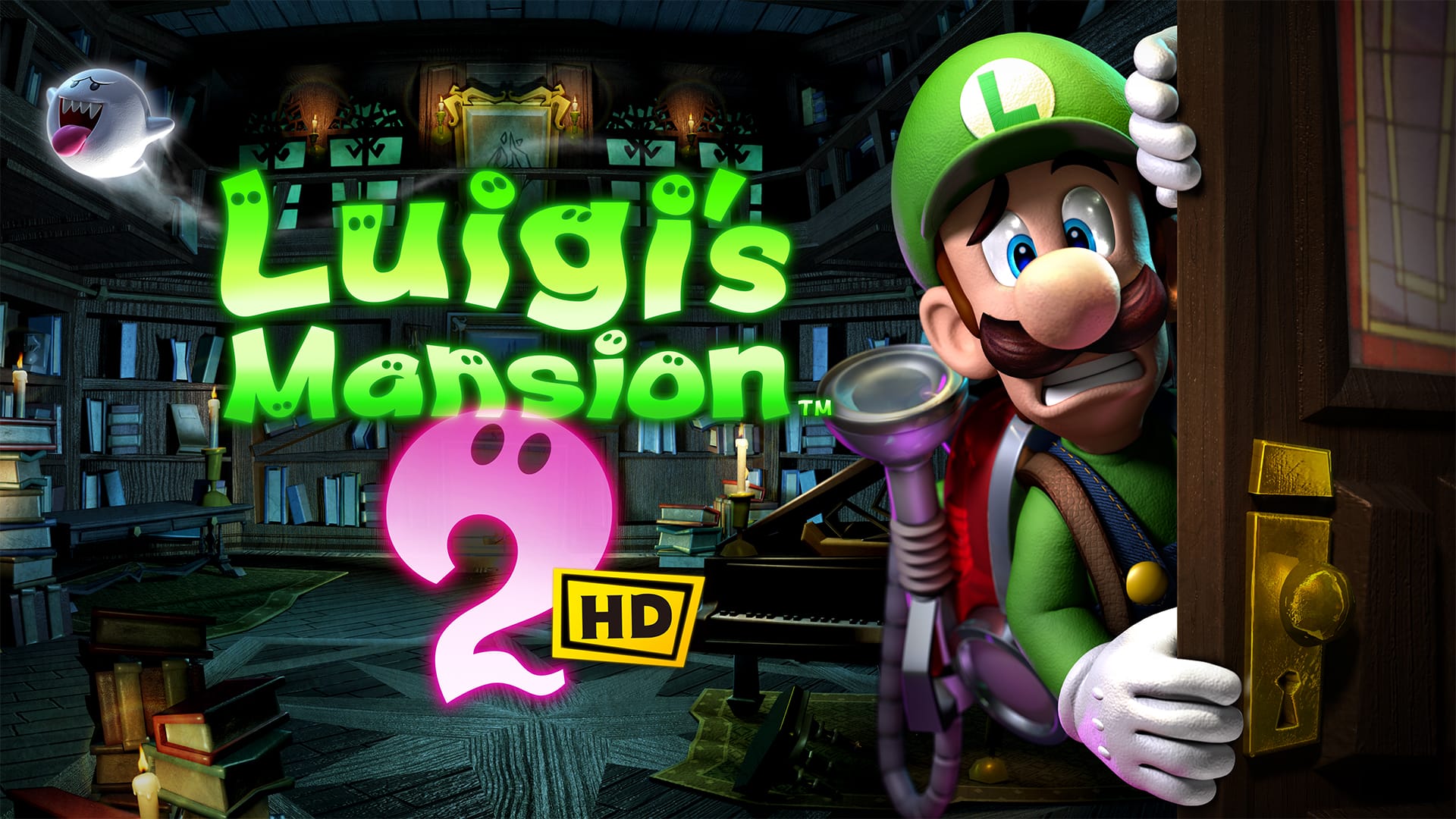
A steady cadence of re-releases from Nintendo over the last few years has slowly but surely shone a light on the importance of looking back in an industry consistently focused on pushing boundaries. Nintendo has therefore become a bastion of embracing the past and allowing us to actually look back on it through the prism of our modern knowledge. Nintendo’s latest example of this is visually upgrading Luigi’s Mansion 2 HD, a remaster of the 2012 3DS game and sequel to the GameCube classic.
Life of Luigi
Luigi’s Mansion 2 (LM2), considered the black sheep of the franchise, was definitively designed with the form factor of the 3DS in mind. Whereas the series' first game offered one large single mansion to explore, its sequel adopted a level-based mission structure that allows for play sessions to be neatly bookended. For those playing their 3DS on the commute to school or work, these digestible missions allowed for steady progress with specific goals in mind.
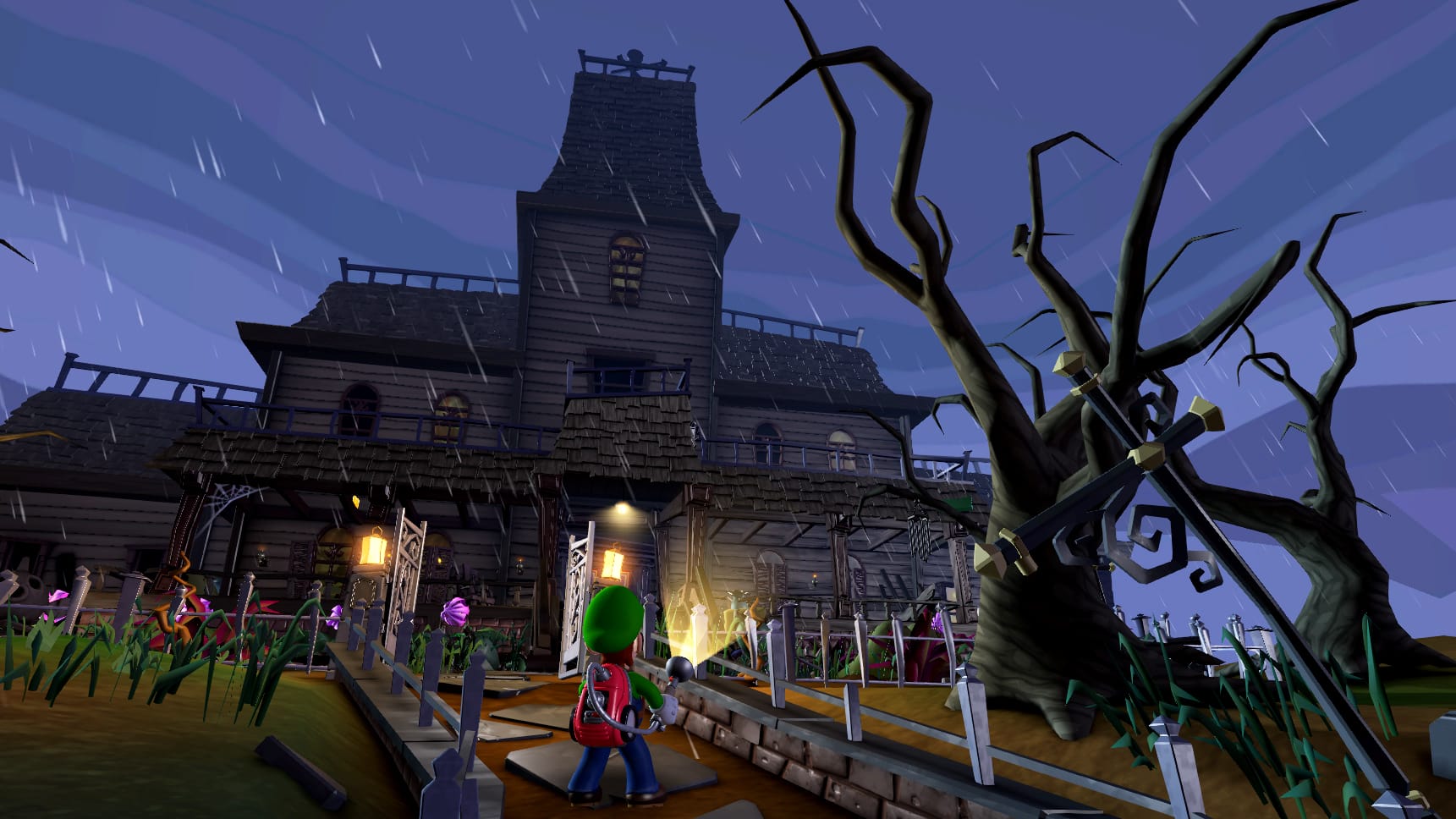
That structure is untouched in the re-release, which sets it apart as a distinctive aspect of LM2 when compared to the third game in the series, which was developed specifically for the Nintendo Switch. When LM2 was released, there were questions and concerns surrounding the potential future direction of the series; would subsequent releases be similar to LM2 or closer to the original game? Luigi’s Mansion 3 successfully blended the original game's open-ended structure with the sequel's panache, creating a package that a wide variety of players loved.
As a result, LM2 enters the pantheon of past Nintendo games being given the chance to once again bask in the spotlight. Here was a game that could exist on its own merits.
On a revisit, the game is a wonderfully digestible adventure with a variety of set pieces that each offer a unique spin on a goofily spooky vibe. Each of the five mansions Luigi visits across Evershade Valley is visually distinct and only enhanced by the generous visual upgrades across the board in this version of the game. From the familiar homely halls of Gloomy Manor to the frigid caverns of the Secret Mines, each mansion offers unique aesthetics and obstacles.
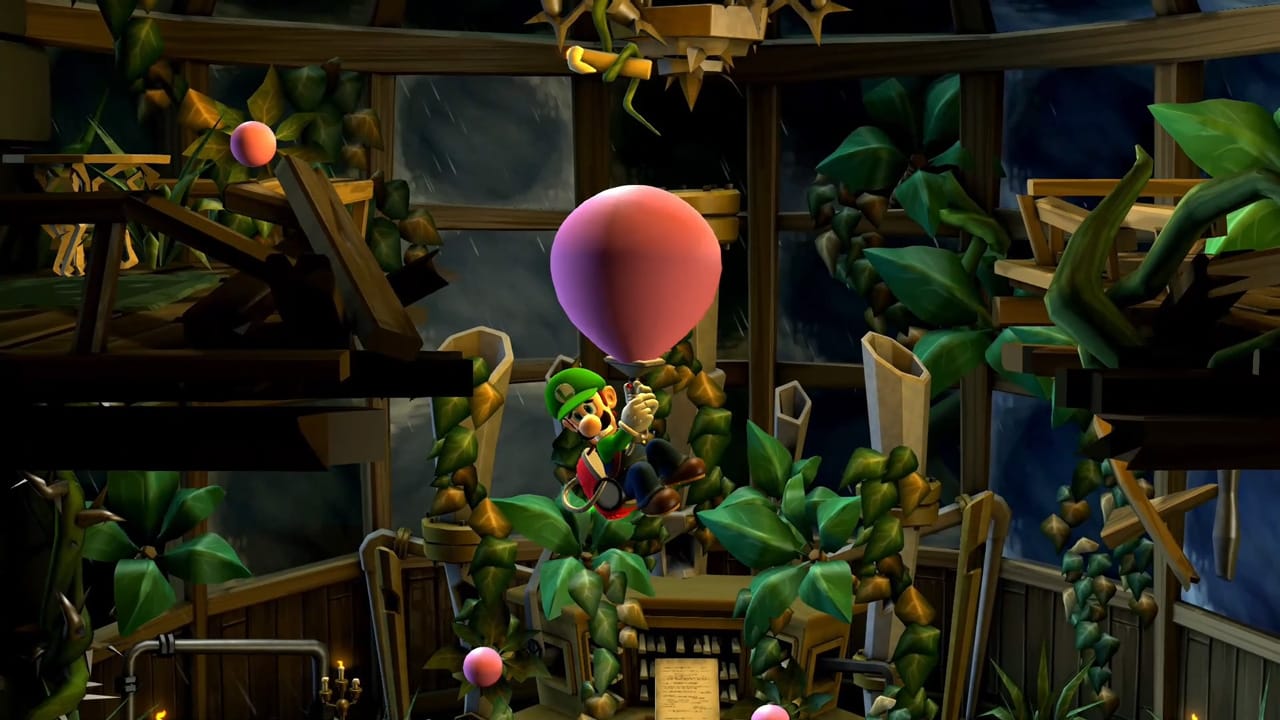
These impressive locales are only half of the story, complemented as they are by the presence of the classic ghosts. In an attempt to tone down the scares for younger audiences, the ghosts in LM2 feel far closer to slapstick villains but are delightfully entertaining in their own right. Each type of ghost has a distinct personality that consistently informs how it behaves and interacts with its environment. Greenies are the usual troublemakers, but Hiders are sneakier in their mischief-making. By understanding these archetypes, you not only gain insights on how to handle them, but it also enriches the comic relief for a complete package. The series as a whole is the gold standard for the wider Mario franchise when it comes to expressive enemies.
This stylistic leap is a broad-reaching one that has influenced the direction of the franchise, bringing it into an altogether unique experience that feels distinct from its predecessor. Unlike the original game, which is known for its unnerving atmosphere, LM2 stylistically aligns with the overall Mario universe. It features a synth-heavy soundtrack and a brighter tone, creating a distinct and different experience from its predecessor. Using rounded and abstract architecture creates a strong sense of being in the Mario world, in contrast with the intentional otherworldly feel of the original game’s mansion.
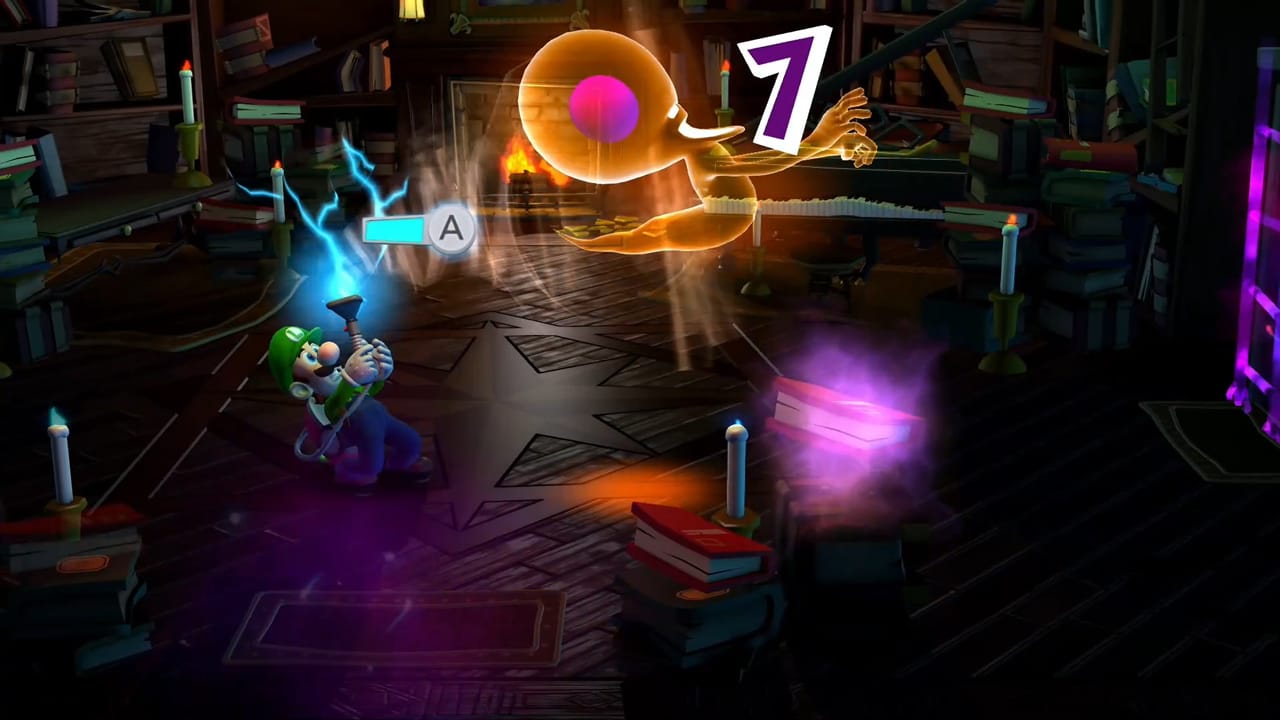
Then and Now
Combat and movement have seen subtle but substantial improvements when moving from the form factor of the 3DS to a more traditional control scheme. Unlike the 3DS, which was largely limited to a single circle pad, the Nintendo Switch has no such restrictions. As a result, it is now possible to move Luigi and aim the Poltergust independently of each other. On paper, this doesn’t sound like a big change at all. In practice, LM2 HD handles significantly better on the Switch than ever before and can shine as a result.
I decided to dust off my 3DS and play the original version of the game, to truly appreciate the changes of this new version. In their remasters Nintendo has proven themselves to be canny at including changes that might pass us by on a surface-level glance. The average person might not notice the significant increase in character speed in the remastered Super Mario 3D World when compared to the Wii U version. The same is true for reducing player friction in the remaster of The Legend of Zelda: Skyward Sword. Very similar to those examples, Luigi’s Mansion 2 subtly changes controls that make a revisit to the original far more arduous (and cramp-inducing) than I had initially remembered.
Exploring rooms and clearing them out for treasures and gems, as well as wrangling unruly ghosts, becomes far easier with the luxury of the Switch's two sticks to coordinate the cleaning efforts. I felt far more inclined to explore and use things like the dark-light device on the environment when it feels more comfortable to operate. I had a real precision with the areas that I wanted to investigate and naturally engaged with the world far more than I had done in previous playthroughs, though that may come down to my appreciation of a slower pace as I get older.
Combat itself is still as tactile as ever, taking the classic tug-of-war formula and bringing it to strong and exhilarating new heights. Building up a meter by pulling in the opposite direction before unleashing a massive tug and dealing damage to a ghost is a cycle that never gets old, bringing a strong bit of kinetic energy to a game that otherwise has a slow pace. Watching Luigi being dragged around the room by a gaggle of aggressive ghosts is fun and keeps the energy high, as you are constantly pulling in the opposite direction.
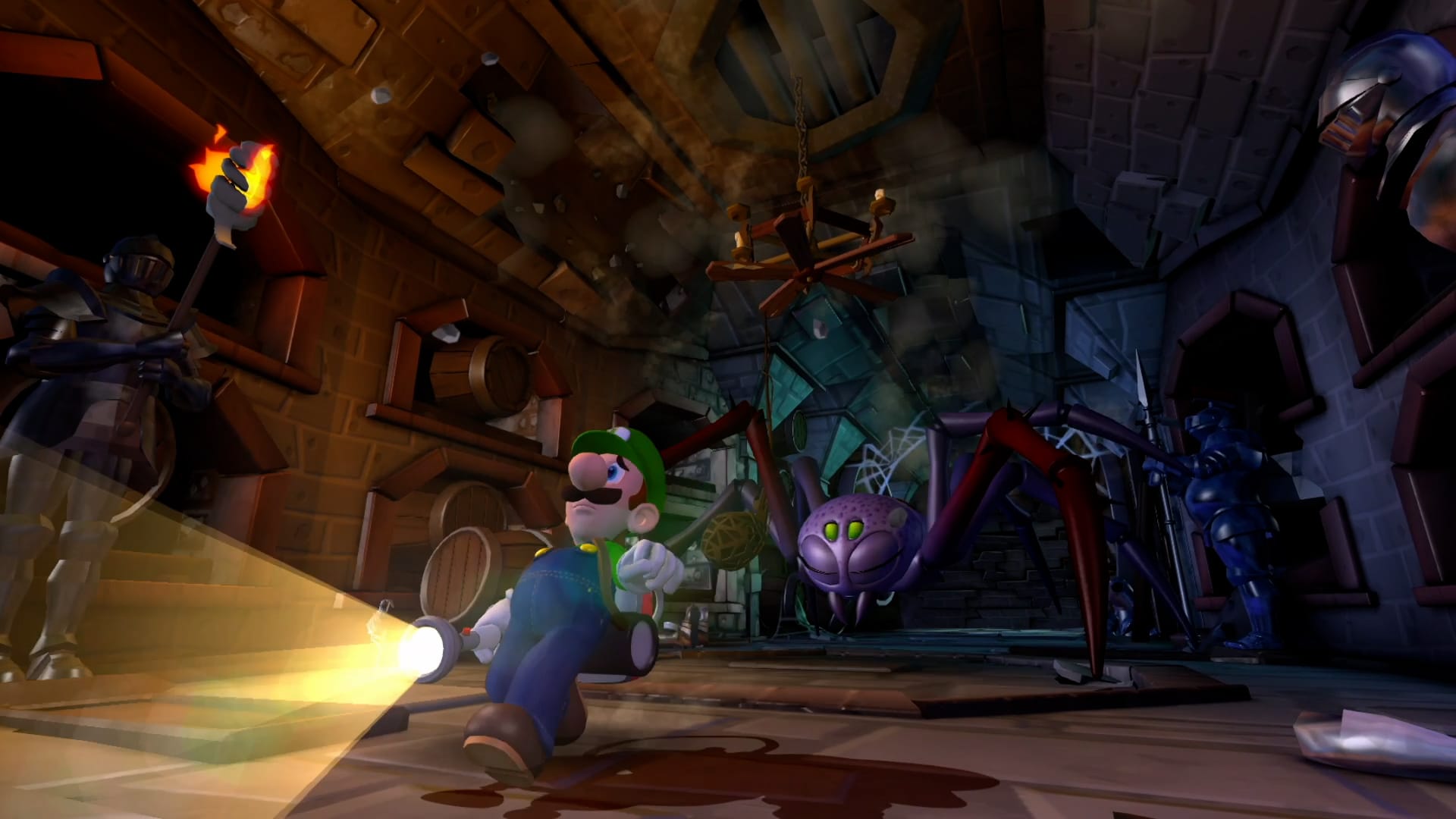
The bosses also experience a new sense of grandeur on a big screen with the HD refresh. While I may miss some of the bespoke 3D effects from the original game, it’s hard to deny that the graphical refresh hasn’t had a major role in bringing these memorable encounters to a new audience. The menace of the Spider Queen and a foldable set of stairs are unmatched when allowed to have a bigger presence.
Although I appreciate the effort to include the Scarescraper from the original Luigi’s Mansion 2 in this remaster, it’s in this mode that I noticed the cracks and how much the third game’s multiplayer has improved. In the short period that I played this mode, I had a confusing and strange experience that was severely affected by latency and repetition. Scarescraper was a commendable aspect to bring back, especially with it still an option in the third game, but I was not excited to revisit it.
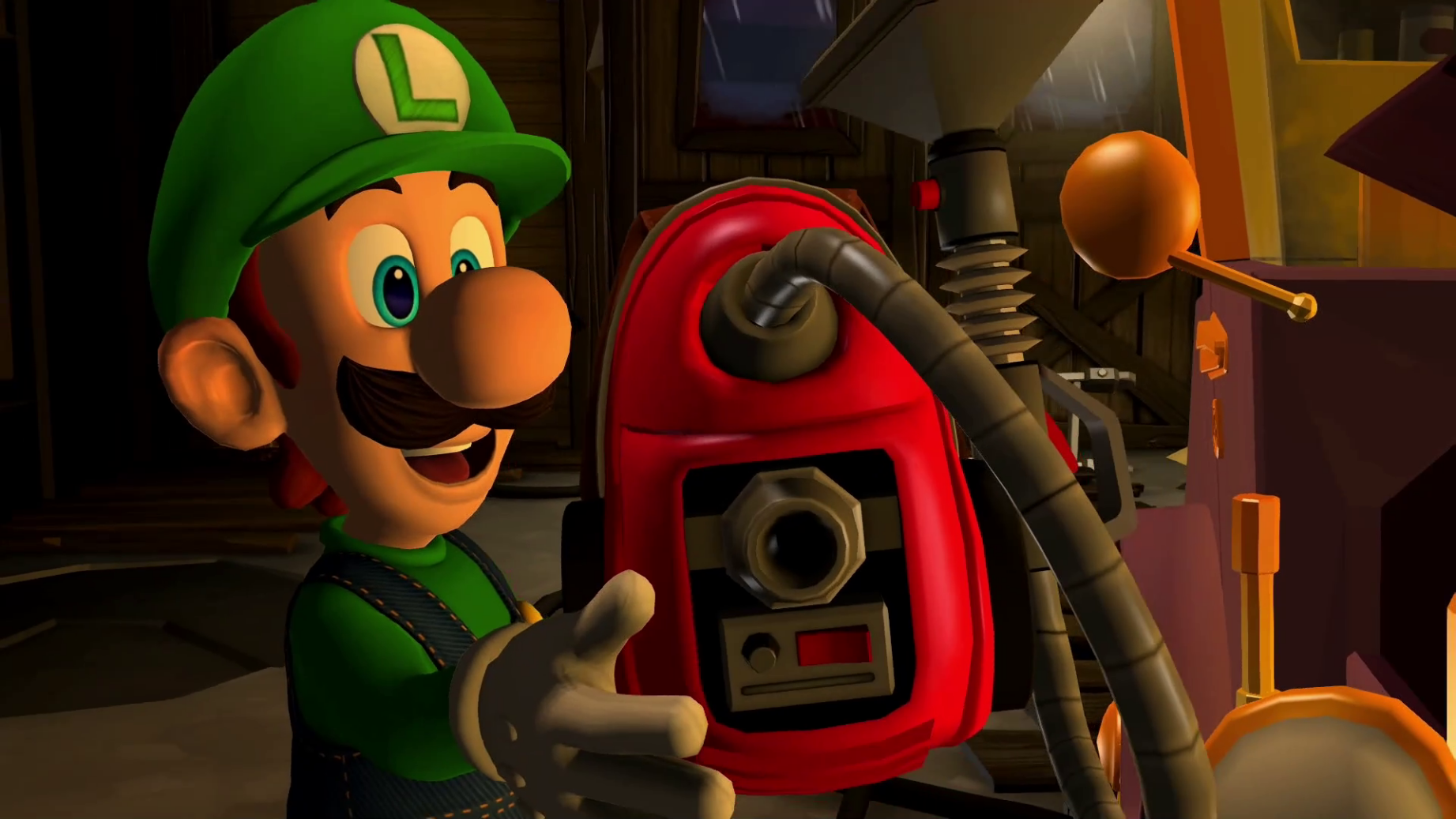
The Verdict
Luigi’s Mansion 2 is not a flawless game and ends up sacrificing some of what made the original so distinctive in trying to create a sequel. The cast of ghosts haunting Luigi in this title is a cut below the spectral family tree from the original game, an active point of criticism that was vocally addressed in the lead-up to the third game in 2019. Similarly, the level-based structure of the game can be considered the same, as it cannot be changed without completely reimagining the game from the ground up.
Where these aspects of Luigi's Mansion 2 might set it apart from the surrounding titles, and might be a reason that some do not see it as a worthy sequel, this remaster allows for the original game to shine alongside Luigi’s Mansion 3. The middle entry in the series offers a distinctive experience with a singular appeal.
More than anything, it's nice to see Nintendo continue to respect its heritage and catalogue with remasters like this, which should continue as we move ever forward toward the next piece of Nintendo hardware.
